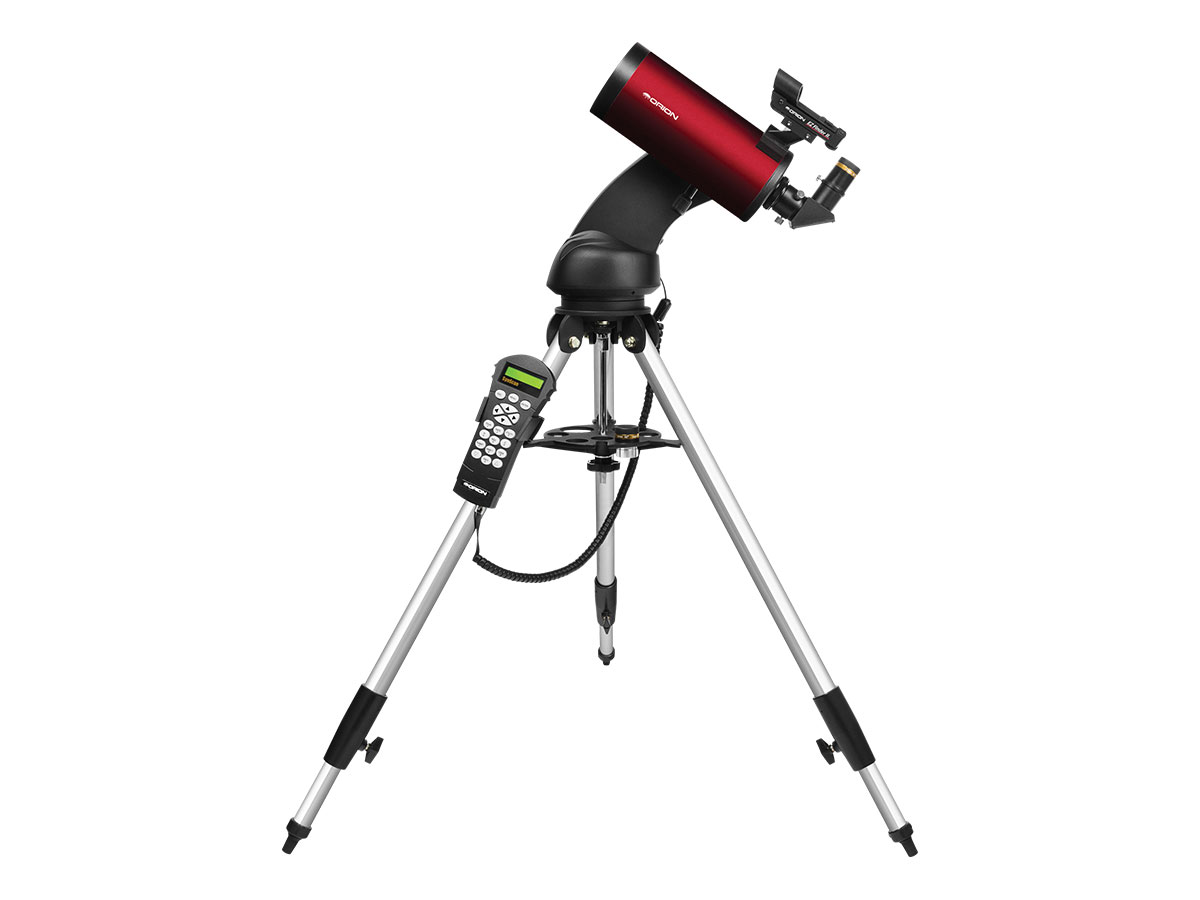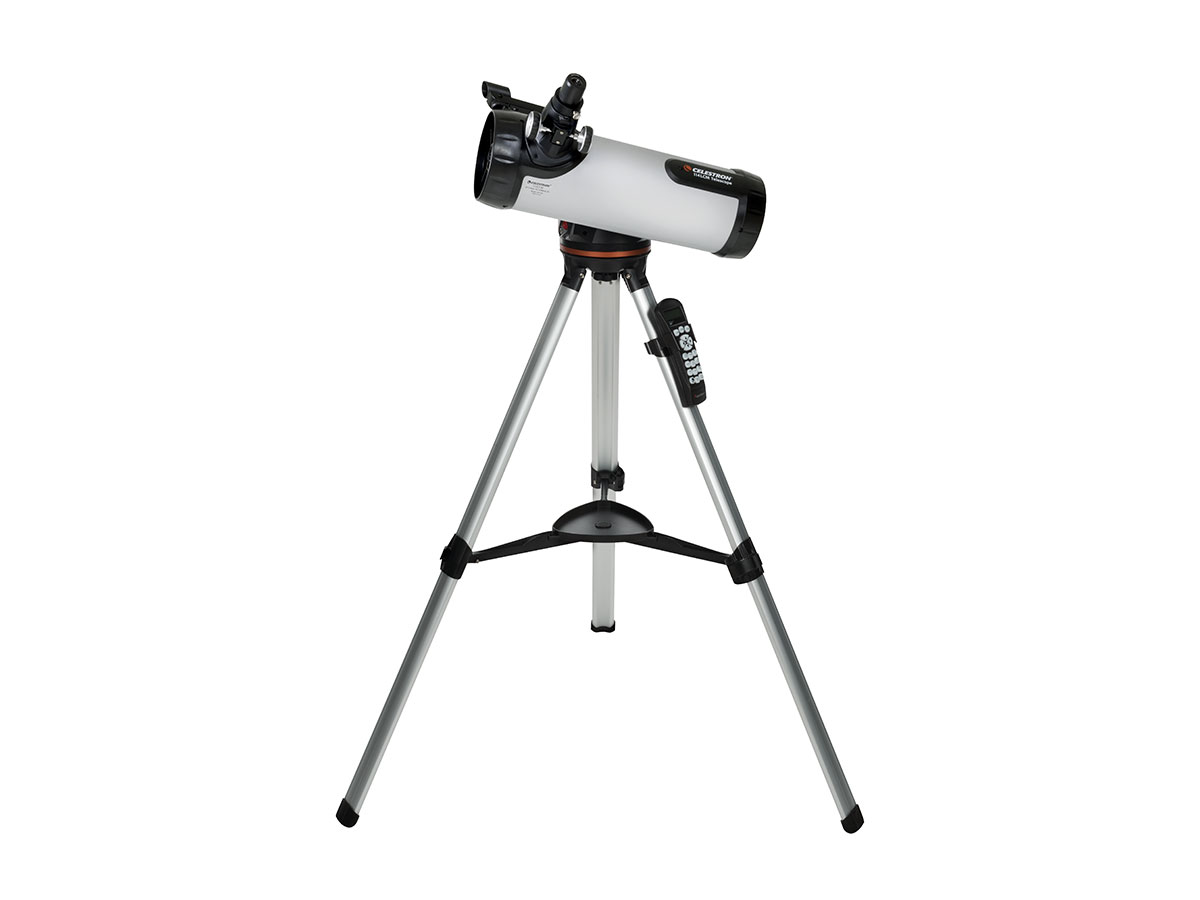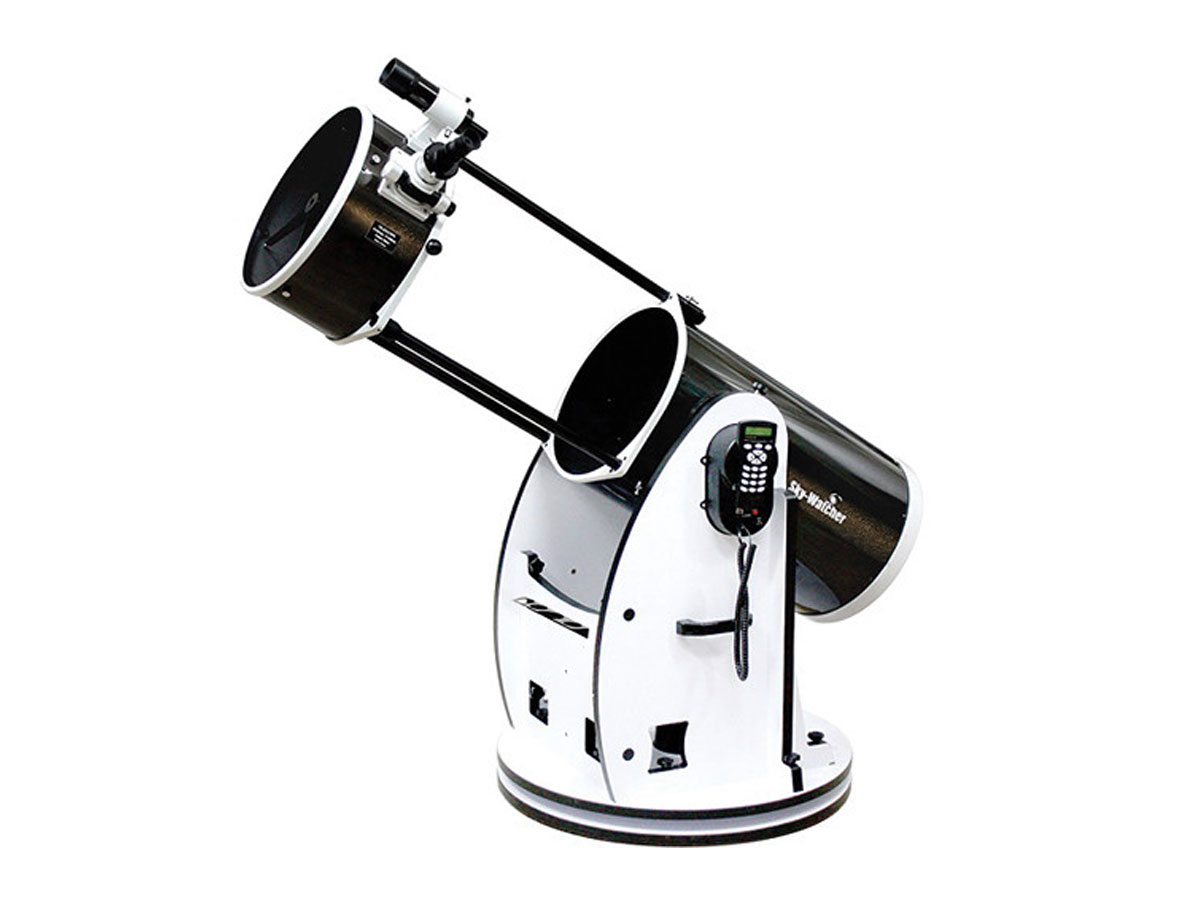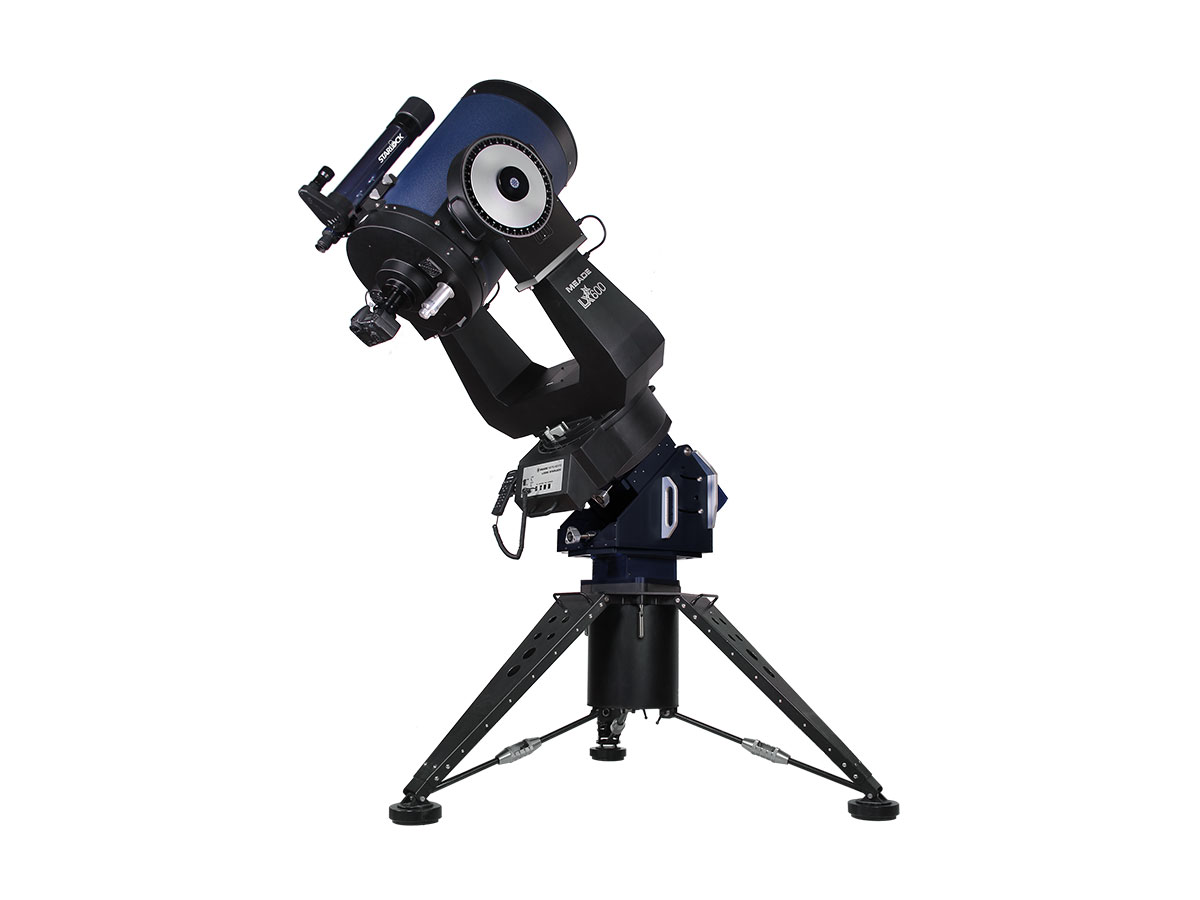From July 29 to 30, 2019, the night sky will be ablaze. The Southern Delta Aquariids, a meteor shower set to peak between Monday night and Tuesday morning, will rain down, giving viewers the opportunity to see a natural wonder that happens approximately 30 times a year—but, in most cases, is seldom visible to the naked eye.
According to the International Meteor Organization, the moonlight conditions play a major factor in the clarity of meteor shows. And seeing how there will be a new moon (sometimes referred to as the black supermoon) in the last week of July, blanketing the troposphere in near darkness, the chance to get a glimpse of the Southern Delta Aquariids will be at its most optimal. Indeed, if you are away from urban areas, and are situated in the Southern Hemisphere, all that is required is a lawn chair and a few cups of coffee to see the spectacle. Though, it wouldn’t hurt to have an elaborate tool on hand, particularly a telescope.
In preparation for the Southern Delta Aquariids and the black supermoon, writer Paul L. Underwood explores the best telescope brands in the market.




